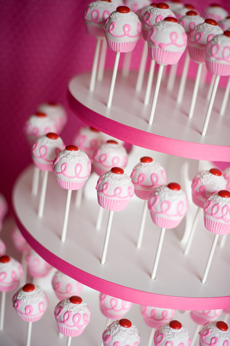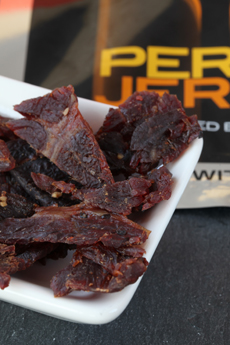|
It’s easy to whip up a batch of scrumptious homemade potato chips in a mere five minutes. All you need are:
A mandoline slicer,* to cut very thin slices of potato.
A deep fat fryer (the newer ones have built-in digital thermometers), or any deep pot plus a thermometer to let you know when the oil hits 375°F.
Peanut oil or substitute, plus seasonings. Peanut oil imparts a nice flavor that bland oils like canola, grapeseed and safflower lack—see our Cooking Oils Glossary.
Paper towels for drying the potato slices and draining the chips.
Include The Kids
This is a fun activity to do with kids, so they won’t grow up thinking that their favorite snacks only come in packages from the supermarket. It’s also a special treat for a weekend family dinner and for TV snacking (not to mention beer and cocktails).
While some children are not old enough to learn how to slice or fry the potatoes, anyone older than four years of age can learn how to clean potatoes, pat the slices dry before cooking and flip them as they drain on paper towels. When the kids know there will be warm potato chips at the end of the activity, cooking becomes an exciting adventure they want to participate in.
Seasoning The Chips
This video recipe uses a special seasoning of paprika, onion powder, salt and sugar. Personally, we’d omit the sugar (if you must, use only a pinch): There’s no need to add more refined sugar to anyone’s diet. We also prefer sea salt, which is unrefined or minimally refined salt. It contains trace minerals that have been removed from refined salts (see our Salt Glossary).
Feel free to add your own favorite seasonings to the mix—cayenne, chipotle, garlic or parsley—or season the chips simply with salt.
Serve your delicious homemade chips with a dipping bowl of top-quality ketchup. See our review of the best ketchup brands, which includes the history of ketchup! Another tip: warm the ketchup in the microwave for 15 to 20 seconds, or however long it takes to get to “very warm” in your microwave.
Consider Them A Reward
Homemade chips may become so popular in your household that you’ll be able to use them as a reward for tasks well done.
*If you purchase a mandoline, look for one with adjustable thicknesses and a nonskid base. The Progressive model also has underside grooves to keep it stable on top of a bowl.
|



